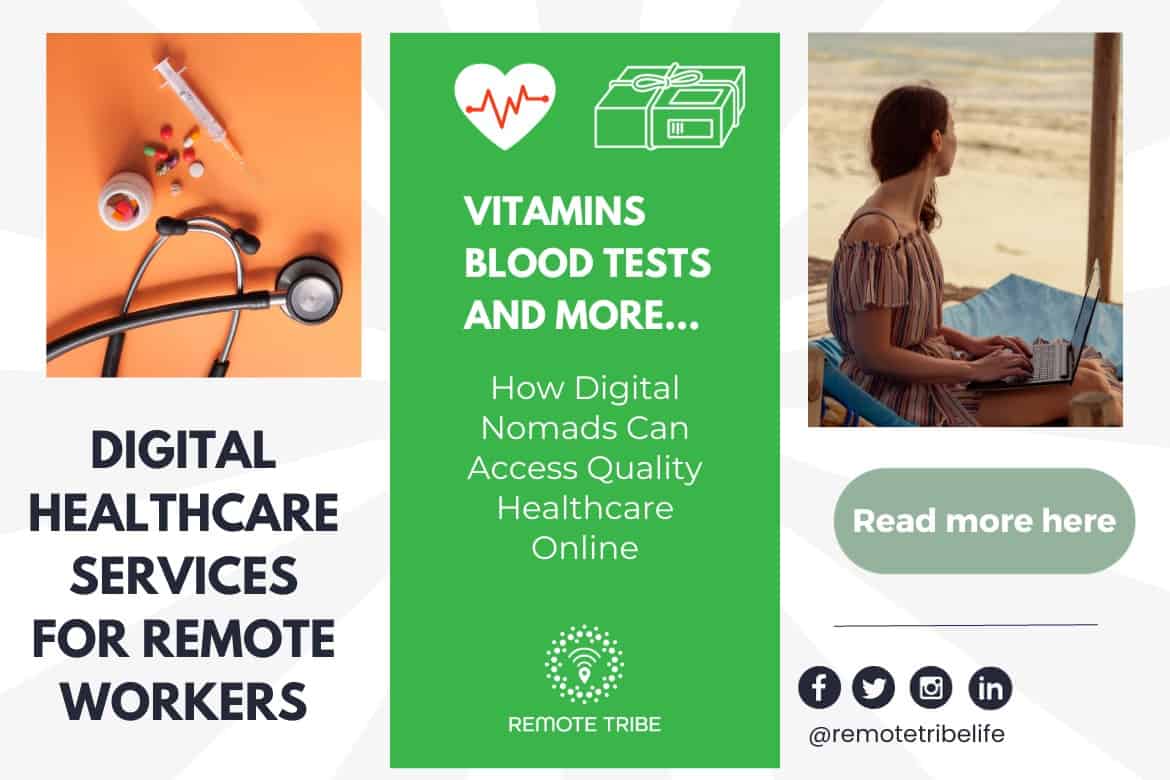Opening the Tricks of Subscription Based Healthcare for Better Patient Outcomes
Opening the Tricks of Subscription Based Healthcare for Better Patient Outcomes
Blog Article
The Surge of Subscription-Based Healthcare and Its Effect On Person Treatment
As medical care develops, the subscription-based design is getting grip, promising to transform client treatment by supplying predictability and accessibility. These models, which bypass traditional insurance coverage, might redefine the patient-doctor dynamic, stressing preventative and personalized treatment. As with any type of advancement, they provide difficulties, specifically worrying fair accessibility for all socioeconomic groups. The potential for these models to improve healthcare delivery elevates pushing concerns about their lasting sustainability and inclusivity. Are these registration solutions the future of healthcare, or do they risk leaving vulnerable populaces behind? The ins and outs of this shift warrant a better evaluation.
Recognizing Membership Medical Care Designs
Grasping the idea of registration health care versions involves checking out a transformative method to clinical services that highlights affordability and accessibility. These versions, typically described as direct health care (DPC) or attendant medication, have arised as ingenious alternatives to typical fee-for-service medical care systems. Subscription medical care enables clients to pay a fixed month-to-month or yearly cost for a defined set of medical solutions, which might consist of limitless office visits, regular exams, and standard lab tests, without the need for conventional insurance billing.
The structure of registration health care models is designed to streamline individual care by removing third-party payers and complex invoicing codes, thus lowering management concerns. Healthcare carriers can concentrate a lot more on individual treatment, cultivating more powerful patient-provider partnerships. This model also advertises preventative care by motivating regular brows through, as the monetary barrier of per-visit charges is gotten rid of.
The membership design often encourages health care providers to manage smaller person panels, allowing for more tailored care. It lines up financial motivations with patient wellness results, as service providers are inspired to maintain patient satisfaction and wellness. Generally, understanding subscription medical care versions calls for identifying their potential to improve just how treatment is delivered and accessed.
Advantages for Providers and clients

For providers, subscription-based models supply the possibility to deepen patient-provider connections. With a consistent revenue stream, health care experts can dedicate even more time per person, leading to a more detailed and customized treatment experience. This design also decreases dependence above individual volumes, easing burnout and improving task satisfaction. The focus on preventative treatment within registration strategies can lead to far better client results and reduced lasting healthcare costs. By concentrating on constant care, providers can attend to concerns prior to they intensify, ultimately profiting the medical care system in its entirety by minimizing the problem on emergency situation and acute care services.
Concerns and obstacles
While subscription-based healthcare find this designs existing countless advantages, they likewise include a set of difficulties and problems that must be dealt with. Access remains a significant problem, as these designs commonly target people that can manage month-to-month costs, potentially excluding low-income populations. This raises ethical questions regarding equitable access to healthcare services. Additionally, the varied nature of subscription plans can lead to confusion amongst people pertaining to insurance coverage specifics, possibly causing unmet assumptions or insufficient care.
Financial sustainability of subscription-based models is an additional problem. Service providers must stabilize the fixed income from registrations with the variable expenses of healthcare solutions, which might vary due to unforeseen clinical needs. This can create stress to limit solutions or increase costs, potentially impacting person fulfillment and care high quality.
In addition, regulatory oversight of subscription-based healthcare designs is still progressing. Resolving these obstacles is essential for the equitable and successful implementation of subscription-based health care.
Influence On Patient-Doctor Relationships
One substantial influence of subscription-based medical care versions on patient-doctor relationships is the possibility for boosted connection and individualized treatment. By taking on a registration version, medical professionals link can take care of a smaller sized person panel, enabling even more devoted time with each individual. This increased availability fosters a much deeper understanding of a person's clinical background, way of life, and preferences, enabling more customized therapy plans and interventions.

Nonetheless, it is necessary to recognize that while subscription-based versions may benefit those that can afford them, they can inadvertently expand health care disparities. People who are unable to take part in these designs might experience decreased access to individualized care, possibly impacting their partnerships with healthcare companies. Thus, while the membership model supplies appealing benefits for patient-doctor connections, it additionally positions obstacles that require to be addressed to make sure fair healthcare accessibility.
Future of Healthcare Accessibility

The duty of modern technology can not be forgotten in this makeover. Telemedicine systems and digital wellness documents assist in seamless communication between individuals and health care providers, breaking down logistical and geographical obstacles. In addition, improvements in expert system and data analytics can even more personalize treatment by anticipating client needs and optimizing therapy strategies.
Nevertheless, the future of healthcare accessibility likewise provides challenges, such as making certain equity throughout different socio-economic teams. Policymakers and doctor should collaborate to link the digital divide, ensuring that subscription-based designs remain comprehensive and inexpensive. As these systems develop, they hold the assurance of making health care more obtainable, effective, and patient-centric.
Final Thought
Subscription-based medical care versions are improving person treatment by giving a secure price framework and boosting accessibility. The rise of subscription-based healthcare urges aggressive person involvement, which has the possible to boost individual results and fulfillment, indicating a transformative shift in healthcare delivery.
As medical care advances, the subscription-based design is acquiring traction, promising to revolutionize person treatment by providing predictability and accessibility.Subscription-based healthcare versions use unique benefits for both service providers and patients, boosting the general health care experience.As healthcare systems advance, the future of health care access regularly pivots on the combination of innovative versions and innovations.Subscription-based health care versions are reshaping person treatment by providing a secure cost framework and enhancing access. The increase of subscription-based medical care motivates proactive individual engagement, which has the possible to enhance patient results and satisfaction, signifying a transformative shift in health care delivery.
Report this page